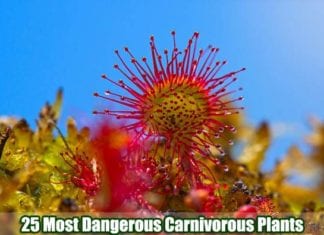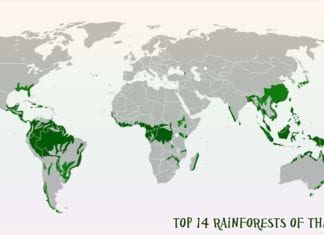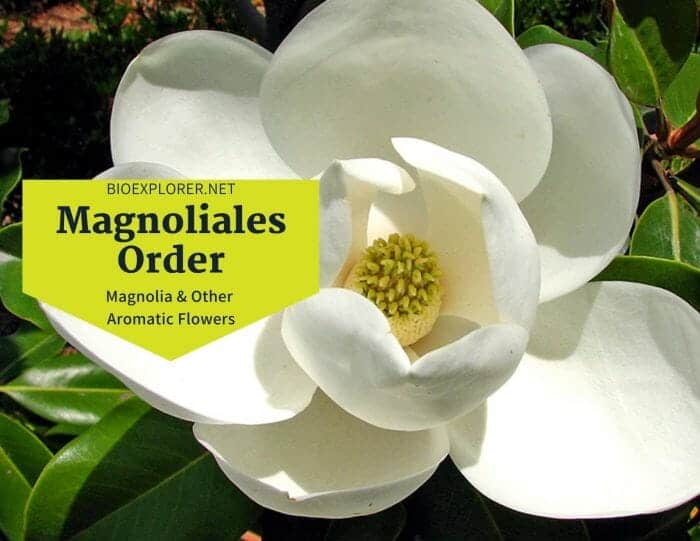
Magnoliales is an order of flowering plants long considered the most archaic existing order of flowering plants as described by Cronquist (1981, 1988). Based on their apparent primitiveness, this order was previously included in most pre-cladistic angiosperm classification[1] systems (Cronquist, 1968, 1981, 1988; Takhtajan, 1980, 1997, Thorne, 1974, 1992).
Table of Contents
This analysis was due to the presence of specific characteristics that are considered to be ancestral in angiosperms. These features include large leaves with pinnate venation and granular exine structure on monosulcate pollen.
A study[2] argues that despite the presence of primitive features, the plants exhibit a few highly derived traits. For example, their fruits are often the most primitive among flowering plants and have unfused carpels with unsealed edges.
Studies analyzing the deoxyribonucleic acid (DNA) sequences indicate that Magnoliales are closely related to Laurales, Piperales, and Winterales, and distantly to the monocotyledons as well.
As identified by the APG IV classification system, Magnoliales falls under the magnoliid clade. The magnoliid clade is an early evolutionary branch of angiosperms comprising 6 families, 128 genera, and approximately 3, 140 species.
The other orders present in the magnoliid clade along with Magnoliales are Laurales, Piperales, and Canellales. The types of angiosperms that make up the Magnoliales order include trees, climbers, and woody shrubs.
The 6 families belonging to the Magnoliales order are Annonaceae, Myristicaceae, Magnoliaceae, Degeneriaceae, Eupomatiaceae, and Himantandraceae.
Magnoliales Pronunciation
Magnoliales Distribution
Family Annonaceae Distribution
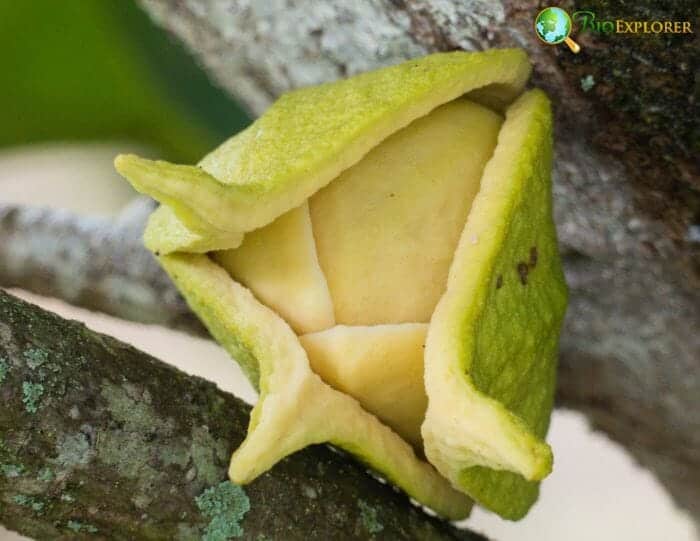
Annonaceae[3] also called the custard apple family, is the most prominent family of the Magnoliales order. Some of the common plants belonging to this family include cherimoya, ylang-ylang, soursop, and lancewood. The flowers are hypogynous and bisexual. The Annonaceae are mainly distributed in tropical regions.
- They’re ubiquitous in Asia and Africa’s lowland evergreen forests.
- Guatteria (250 species), Uvaria (175 species), Xylopia (150 species), Polyalthia (100 species), and Annona (100 species) are the five genera that make up more than one-third of the total number of species present in the family (120 species).
- Asimina (8 species) is exclusively found in the eastern part of North America. It includes the family’s only temperate-adapted species, A. triloba.
- A. triloba, commonly called pawpaw, grows as far as the lower Great Lakes in North America.
![]()
Family Magnoliaceae Distribution
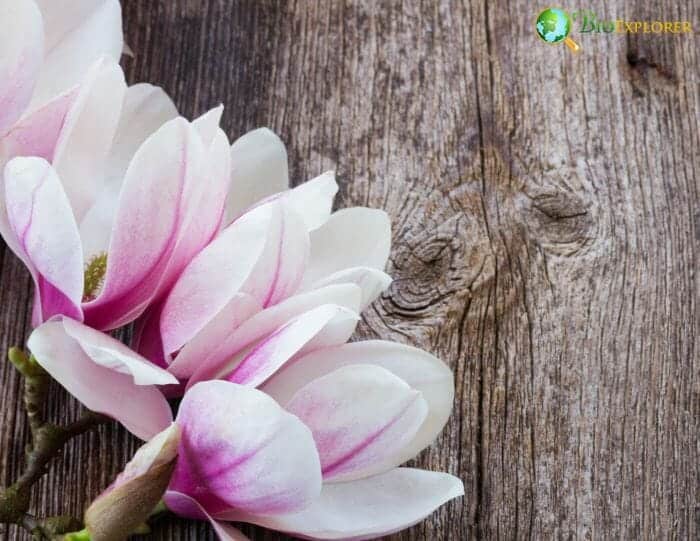
The Magnoliaceae family is primarily found in tropical to warm temperate areas, especially in the northern hemisphere. The family only consists of two genera Magnolia and Liriodendron, that are distributed as follows:
- One species of Liriodendron (tulip tree) is found in China, while the other grows in the eastern United States. Having only two centers of distribution indicates that this genus had a highly continuous distribution in the past.
- Magnoliais distributed widely in tropical and temperate Southeast Asia. These include areas such as the Himalayas, Japan, Malaysia, Indonesia, and New Guinea.
- Other species of Magnolia are found in Central America, northern South America, and Brazil.
- Many varieties of Magnolia are frequently cultivated, such as the M. Grandiflorafound in forests extending from southern Virginia to eastern Texas and even the islands of West Indies.
- An American species that grows only in a few areas of Florida is M. ashei.
![]()
Family Myristicaceae Distribution
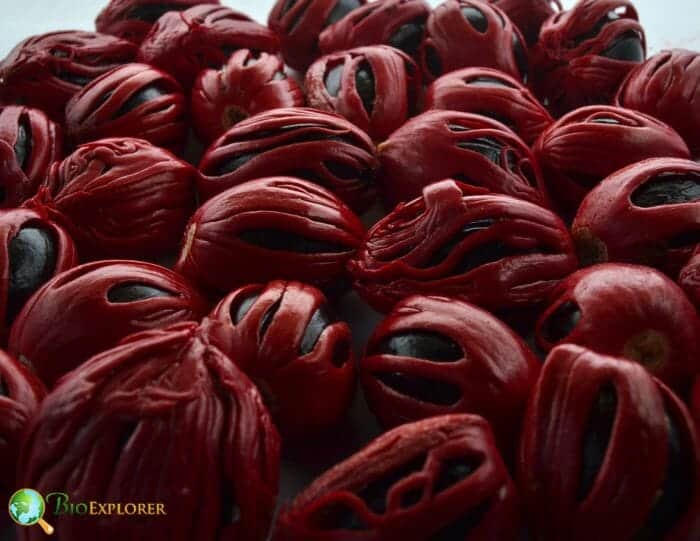
The Myristicaceae plants have unisexual flowers usually present on different plants. Their trees have a unique growth pattern having whorled branches that are almost horizontal. This family is famously known for the spicy, fragrant seeds of M. fragrans, commonly called Nutmeg.
There are 15 other genera in Myristicaceae[4] with evergreen trees belonging to 380 species commonly found in tropical lowlands.
![]()
Family Degeneriaceae Distribution
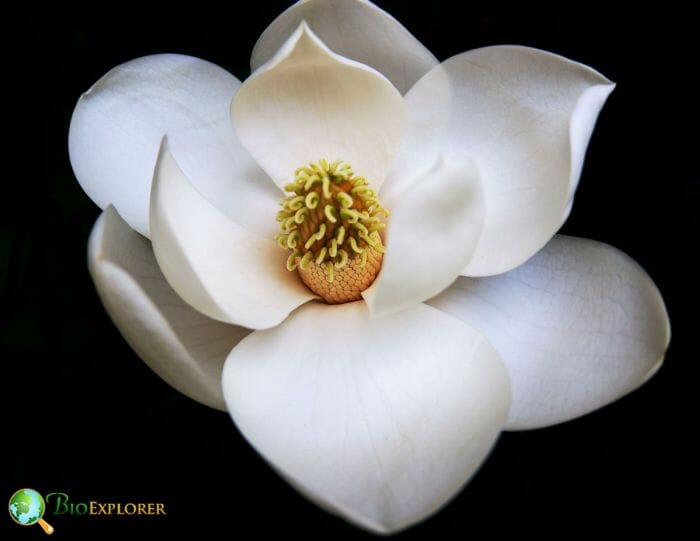
The Degeneriaceaeconsists of two genera primarily found in the south Pacific.
- A species D. vitiensis grows in the biggest Fiji island called Viti Levu. It is a common tree that grows primarily in highland woods on steep slopes and is harvested for wood.
- D. roseiflora, a second species, was discovered in 1988 on two Fijian islands, Vanua Levu and Taveuni.
![]()
Family Eupomatiaceae Distribution
The Eupomatiaceae family has a single genus, Eupomatia having two species.
- E. laurinais, a rainforest shrub commonly found in New Guinea and Australia, spanning from southern Australia’s eastern coast to tropical Queensland.
- E. bennettii, the other species, is found less frequently and only found around the coasts of northern New South Wales and Queensland in Australia.
Suggested Reading:
25 Most Famous & Dangerous Bug Eating Plants
![]()
Family Himantandraceae Distribution
The Himantandraceae also contains only one genus, Galbulimima, growing in Indonesia’s Molucca Islands, New Guinea, Malaysia, and northeastern Australia.
Suggested Reading:
Top Spectacular Rainforests of The World
![]()
Magnoliales Statistics
| Annonaceae[10] | 106 genera, 2,400 species |
| Magnoliaceae | 2 genera, 227 species |
| Myristicaceae | 16 genera, 380 species |
| Degeneriaceae | 2 genera, 2 species |
| Eupomatiaceae | 1 genus, 2 species |
| Himantandraceae | 1 genus, 1 specie |
![]()
Magnoliales Characteristics
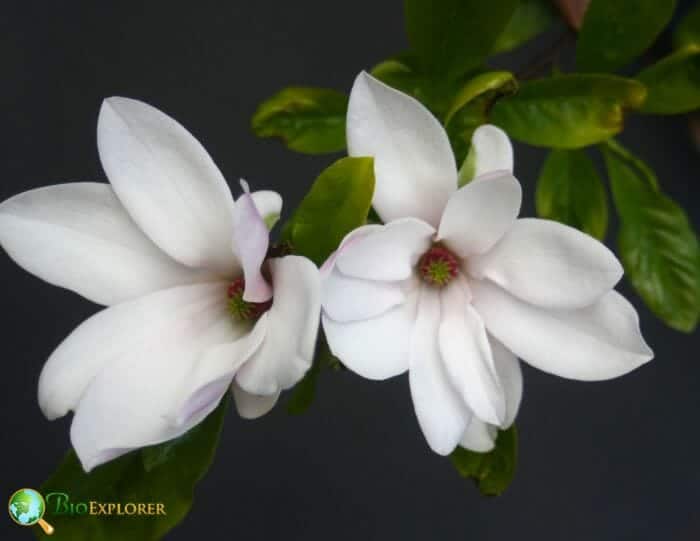
Some general characteristics of Magnoliales are as follows:
- Magnoliales are mostly trees or sometimes shrubs.
- They comprise woody plants with simple leaves that are rarely lobed.
- The parenchymatous tissues of Magnoliales consist of etherealoil cells.
- The placement of the ovary is usually above the base of the stamens in flower, as is characteristic of hypogynous flowers.
- They usually have conspicuous, bisexual flowers and a well-developed perianth.
- The pollen is mostly uniaperturate. It is rarely biaperturate or inaperturate.
- The embryo inside the seeds is tiny but surrounded by abundant endosperm.
- Several unspecialized features of angiospermsare present in Magnoliales.
A detailed look at the physical attributes of the different families of Magnoliales:
![]()
Family Annonaceae Characteristics
The plants in this family typically include trees, shrubs, and woody vines. They have the following characteristics:
- Simple, typically distichous leaves.
- A trimerous perianth is typical for this family.
- Several spiral stamens that are very short and tightly packed on the receptacle.
- A short, strong filament and a connective extended over the pollen sacs is typical of the stamens.
- Pollen is most diverse in Annonaceae compared to the other families of Magnoliales.
- The fruits in this family are typically berries that may be fused to create aggregate fruits, as in Annona (custard apples).
![]()
Family Myristicaceae Characteristics
Myristicaceae[5] flowers have the following physical attributes.
- Unisexual flowers are usually located on separate plants.
- The flowers are small, funnel-shaped, actinomorphic, Campanulate, or urceolate.
- The colors of the flowers vary from yellowish-white, yellow, pink to red and are scented sometimes.
- They have a Perianth uniseriate of (2−)3(−5) basally fused and mostly valvate, car-nose tepals.
![]()
Family Magnoliaceae Characteristics
The Magnoliaceae are distinguished in being trees and shrubs having the following characteristics:
- Simple stipulate leaves (twigs with encircling stipule scars).
- Solitary flowers
- An undifferentiated petaloid perianth with numerous tepals and spiral stamens.
- An apocarpous gynoecium of several spiral pistils emerging from an elongate receptacular axis (torus or androgynophore).
- The fruit consists of follicles, berries, or samaras and seeds, usually with a sarcotesta[6].
![]()
Family Degeneriaceae Characteristics
The two species belonging to the Degeneriaceae family are large trees that have the following features:
- Primitive vessels
- Ssingle pollen grains with an elongated aperture.
- A homogenous (structure-less) exine.
- Sterile stamens are situated between the single central carpel and the fertile stamens.
- The fruits of Degeneria have an unusual kidney shape and a size of not more than 12 cm long. The fruit is split on one side to expose orange or red seeds that are embedded in pulp. The seeds of the open fruit hang down and are dispersed.
- An unusual feature of the embryos is that they have three or four cotyledons[7].
![]()
Magnoliales Example species
- Myristica fragrans: Nutmeg is the most popular product of this family. Myristica fragrans yield strong spices in the form of both the dried seed (Nutmeg) and the aril (mace). Previously, the plant was also used as a carminative for medicinal uses. The seed has a high percentage of fat (24-30%) commonly used in perfume production. Originally Nutmeg was found in the Moluccas, but it is currently planted across Asia and the West Indies.
- Magnolia Grandiflora[8]:Various varieties of this plant are frequently cultivated, such as the Magnolia grandiflora. It provides hard, heavy wood that is used to manufacture furniture, veneer, and pallets. In addition, it is considered to be a valuable ornamental that is planted extensively. Various extracts are taken from the leaves, fruit, bark, and wood that serve different purposes in pharmaceuticals. For example, M. Grandiflora is commonly seen as an urban landscape tree since it is resistant to acid deposition. The trees are fast-growing, medium-sized, and evergreen that reach a height of 60 to 90 feet. The tree yields large, white flowers that are fragrant and beautiful.
- Michelia champaca[9]: known to grow into charismatic tall trees that yield fragrant yellow flowers in all seasons. The flowers are abundant in an essential oil that is used to make perfumes.
- Degeneria roseiflorais a species endemic to Fiji island that yields timber trees, magenta or pink blooms, smaller fruits, and a different-colored bark than D. vitiensis.
![]()


